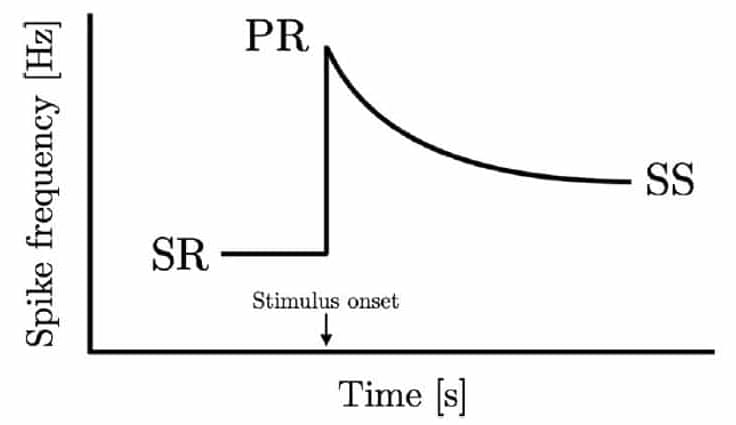Hackers can exploit newly discovered techniques to hide vulnerabilities in source code.



UNILAD posted a video to playlist Tech.
Meet Tony Stark’s real-life successor 🤯👏
Log into Facebook to start sharing and connecting with your friends, family, and people you know.
Wikipedia has banned 7 Chinese ‘editors’ for manipulating information critical of China. The move has raised questions on the credibility of Wikipedia. How reliable is it? How easy is it to manipulate information? Palki Sharma has a report.
#Wikipedia #China #Gravitas.
About Channel:
WION-The World is One News, examines global issues with in-depth analysis. We provide much more than the news of the day. Our aim to empower people to explore their world. With our Global headquarters in New Delhi, we bring you news on the hour, by the hour. We deliver information that is not biased. We are journalists who are neutral to the core and non-partisan when it comes to the politics of the world. People are tired of biased reportage and we stand for a globalised united world. So for us the World is truly One.
Please keep discussions on this channel clean and respectful and refrain from using racist or sexist slurs as well as personal insults.
Check out our website: http://www.wionews.com.

Conception is starting with blood cells from female donors and trying to transform these into the first “proof-of-concept human egg” made in the lab. The company hasn’t done it yet—nor has anyone else. There are still scientific puzzles to overcome, but Krisiloff sent out an email to supporters earlier this year saying his startup might be “the first in the world to accomplish this goal in the not-too-distant future.” It says that artificial eggs “could become one of the most important technologies ever created.”
That’s no exaggeration. If scientists can generate supplies of eggs, it would break the rules of reproduction as we know them. Women without ovaries—for example, because of cancer or surgery—might be able to have biologically related children. What’s more, lab-made eggs would cancel the age limits on female fertility, allowing women to have related babies at 50 60, or even beyond.
The Research World is a group of Professional, Experienced, Scientists and work with a growing set of Researchers in India and internationally.

It seems insurmountable today. Digital consumption is rampant. Harms from misinformation to breaches to online bullying to manipulative targeting is spawning an environment of political and societal polarization, increased mental anxiety and even suicides. Without inadequate laws to regulate these digital services, the very rules and policies that have continued to govern the physical world are not able to keep pace with the speed of technology, and properly reflect what is happening in our digital spaces.
Can we have a future where creators of technology can build towards responsibility despite the constant allure of monetization and profits? I had a chance to speak to David Ryan Polgar, Founder & Director of the non-profit, All Tech Is Human (ATIH) to dive into discussing this critical juncture where heightened consumer awareness has the potential to drive a different story.

Mark Zuckerberg said it was “ridiculous” for people to think that he changed Facebook’s name to Meta because of the recent wave of backlash.
The CEO told The Verge in an interview — which was published shortly after the name change was announced Thursday — that the current news cycle had no effect on the decision.
“Even though I think some people might want to make that connection, I think that’s sort of a ridiculous thing,” Zuckerberg told the outlet. “If anything, I think that this is not the environment that you would want to introduce a new brand in.”
